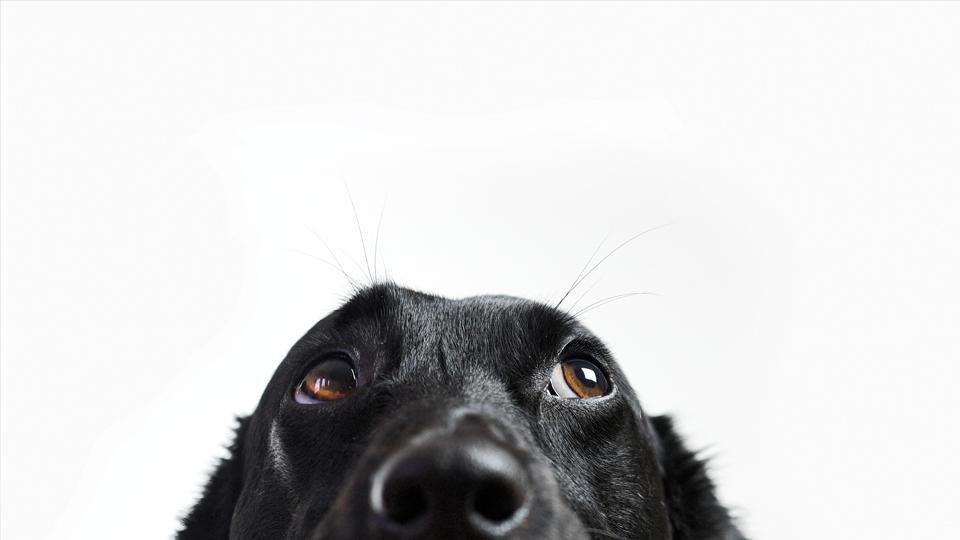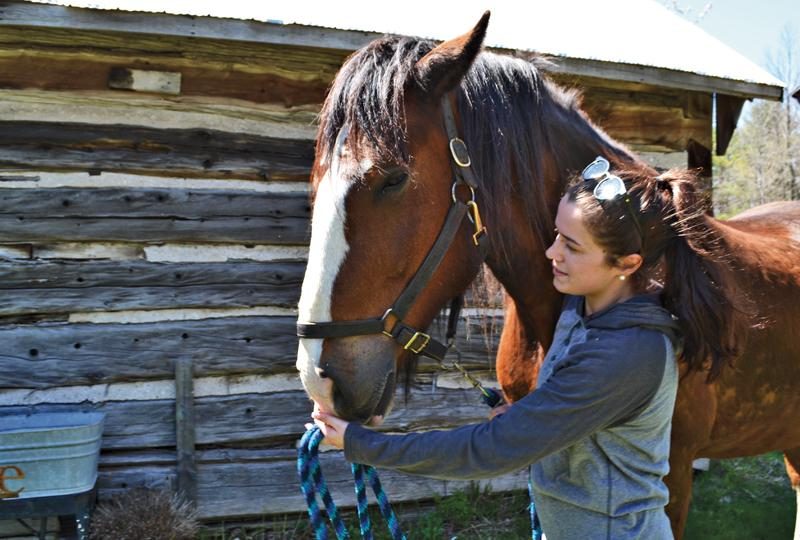
Pet Love: Separation Anxiety in Dogs
Let’s face it—dogs have been living their best lives during the pandemic. They’ve gone on long walks, chased birds in the park, played with the kids in the backyard, cuddled and, quite frankly, been the centre of attention.
With September rounding the corner, you should prepare your dog for your back-to-work and your kids’ back-to-school routines. Afterall, your faithful friend may rule the household—for better or for worse. And just like we start weaning our kids towards a back-to-school schedule, dogs also need to be trained for what lies ahead—all that attention is about to change.
What’s in store? “Separation anxiety and even isolation distress are common,” says Caryn Liles, certified dog trainer, behaviour coach and owner of The Centre for Canine Education Inc. in Toronto. “It’s generally exhibited in dogs who are either left alone or separated from their primary caregiver.”
The typical signs are panting, pacing, yawning, and licking their lips, and it can escalate to vocalization—whining, howling and barking. But it can also become a bit more severe; for instance, a loss of control of the bladder or bowels, destruction of the home, property, belongings and even self-harm. “Dogs might lick their paws excessively, chew or pull their fur out—jumping or scratching at the doors, trying to escape at various exit points—those are the most common signs.”
Liles says there are a few things you can do, but it’s important to start integrating changes now. “While routine is great in some ways, the dog becomes reliant on that predictability. Instead of feeding the dog at 6 p.m., try 6:05 p.m. or 5:30 p.m. Move it around just a little bit, so the dog is stepping outside that comfort zone.”
Liles likes to desensitize dogs gradually of habits and routines. “Getting the dog comfortable with absences including all those pre-departure cues that tell the dog you’re leaving, like getting your shoes, coat, hat, keys, or turning the lights off, etc. Instead, you want to find their threshold. So only leave for as long as the dog can handle. If they experience a panic attack—the learning ends. So, we have to do it in a very systematic way.”
When should you reach out for professional help?
The sooner, the better, and keep in mind, sometimes what the dog is exhibiting isn’t a sign of separation disorder but possibly a learned behaviour. Liles recommends reaching out to a certified separation anxiety trainer (CSAT) who has the designated CSAT credentials. “Unfortunately, it’s an unregulated industry, so there are a lot of people calling themselves a trainer.” Liles recommends doing your homework, get referrals, and video record your dog when you’re away so you can monitor its behaviour. You might be surprised what is happening when you’re away.
“Remember to go at your dog’s pace and get help sooner than you think you need it – don’t leave it unchecked.”
For a certified trainer: malenademartini.com/about/why-hire-csat-trainer/







